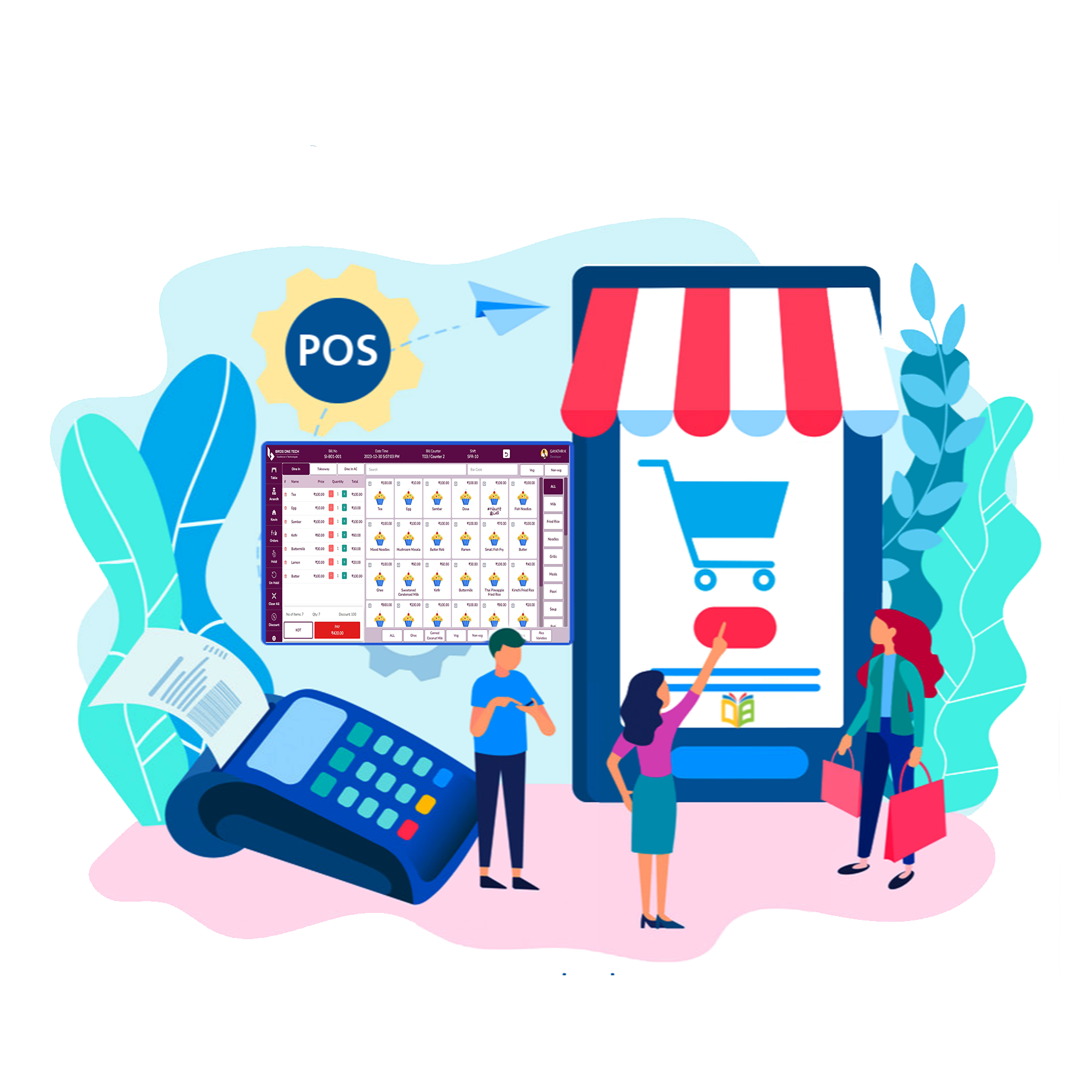Order Management:
Order Taking: POS systems allow servers to take customer orders efficiently, often through touchscreen interfaces or handheld devices.
Order Modification: The software allows for easy customization of orders, including special requests, modifications, and additions.
Menu Management:
Item Database: POS systems maintain a comprehensive database of menu items, including descriptions, prices, and availability.
Menu Customization: Restaurants can easily update menus, add or remove items, and adjust prices as needed.
Inventory Management:
Real-time Tracking: The software helps in monitoring inventory levels in real-time, reducing the chances of stockouts or overstocking.
Automated Alerts: Some systems provide alerts for low stock, helping businesses to reorder supplies in a timely manner.
Table Management:
Seating Arrangements: POS systems assist in managing table layouts, tracking reservations, and optimizing seating arrangements.
Order Assignment: Servers can easily assign orders to specific tables, ensuring accuracy in serving.
Billing and Payments:
Payment Processing: The software facilitates various payment methods, including cash, credit cards, and digital wallets.
Splitting Bills: POS systems enable easy splitting of bills among multiple customers.
Reporting and Analytics:
Sales Reports: Detailed reports on daily, weekly, or monthly sales help in tracking performance and identifying trends.
Financial Analytics: Businesses can gain insights into profitability, popular items, and other key financial metrics.
Integration with Other Systems:
Integration with Accounting Software: Some POS systems integrate with accounting software to streamline financial management.
Online Ordering Integration: For restaurants offering online ordering, POS systems can sync with the online platform.
Security:
User Permissions: POS software typically includes user permission settings to control access levels and restrict sensitive information.
Data Encryption: Secure transmission and storage of customer data and transactions are essential features.
Customer Relationship Management (CRM):
Customer Profiles: Some POS systems allow the creation of customer profiles, helping businesses track preferences and offer personalized experiences.
Loyalty Programs: Integration with loyalty programs can encourage repeat business.
Mobility:
Mobile POS: Many systems offer mobile POS solutions, allowing servers to take orders and process payments directly at the table.


